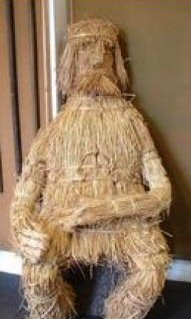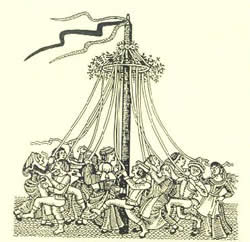“Sun” by Micheal O’Siadhail
(I believe he read this poem at the reading we attended)
A fireball I cannot hold a candle to —
Light-years more giving, ample and rife
With desire, magnolia chalice of body
I touch petal by petal and undo.
Like an overcoat a wife must last a life
My poor sober father had cautioned me.
Paced madness . Patient furnace of sun.
Shape me, kiln me, cast me, love me,
Mate, mistress, queen, courtesan, in one.
Our naked nothing. Wing-giving delirium.
All caution to winds and kings of Jericho,
In Rahab’s window tie a crimson thread.
Jag of bliss. Drowsed and overcome
My life for yours. Ravish me! I grow,
I sweat, I ripen in your pleasured bed.
“Homing” by Micheal O’Siadhail
1
Longbow years of longing
Bends an arc’s wooden U.
Tenser stretch, fiercer shoot.
An arrow rigs a violent route
Gathering into a shaft of yew
Dreamed eye of a golden ring.
Cupidinous. Desire overdue.
A goose cock-feather quivering. No hard-to-get. No pursuit.
Come what may. Coute que coute.
I finger a silk-whipped string.
My life takes aim for you.
2
O Eros ravish and enlarge us.
Just to gaze, to listen, to mingle.
Sweet fusion. Carnal relish.
Break me again with outlandish
Desire my prowling Mademoiselle.
The arrow of our time discharges.
3
A shaft so full of amorous remembering,
Deja vu of yearning’s consummate fit
As I stoop to fondle a hollow in your nape.
As if such hunger coiled up in a man
Wakes some reminiscence we relearn,
I kiss in your flesh your spirit’s kiss
Like Hermes’ son fallen for Salmacis.
Our nature divides only to return.
I’ve known you since the world began.
A woman’s desire now bends to shape
The long elucidation of my spirit.
An arrow homes into its golden ring.









